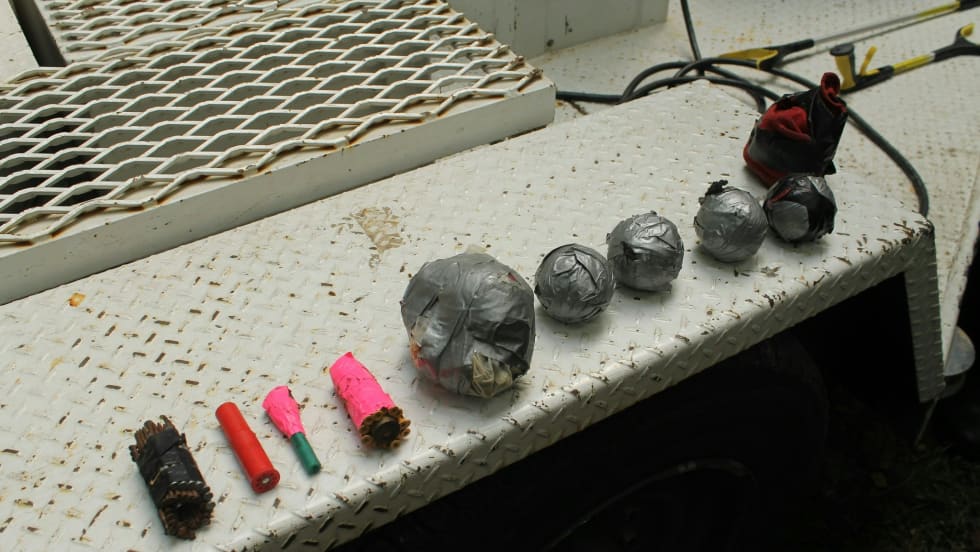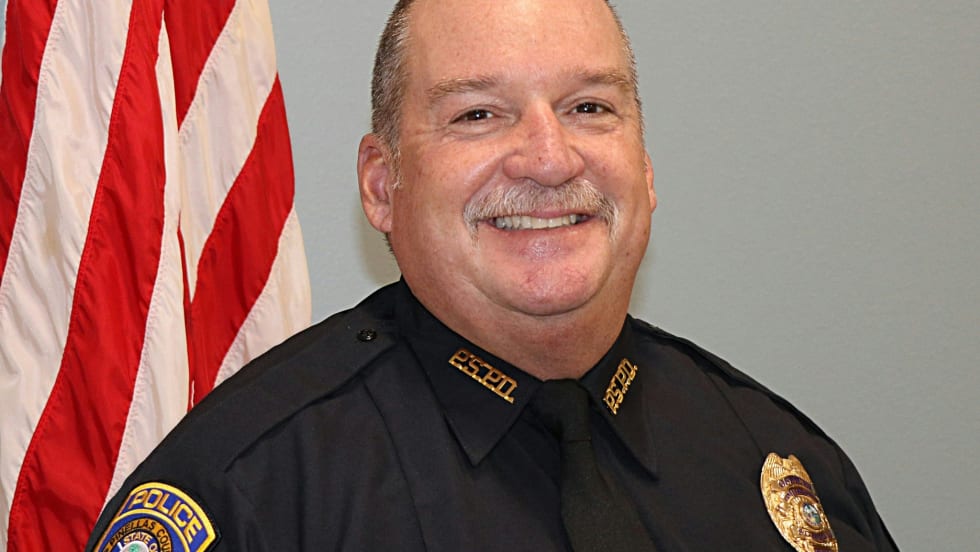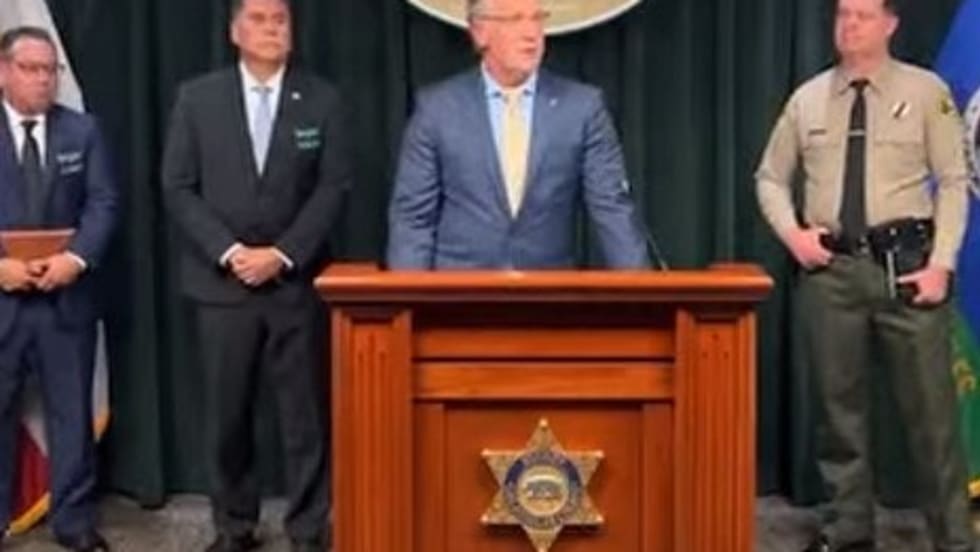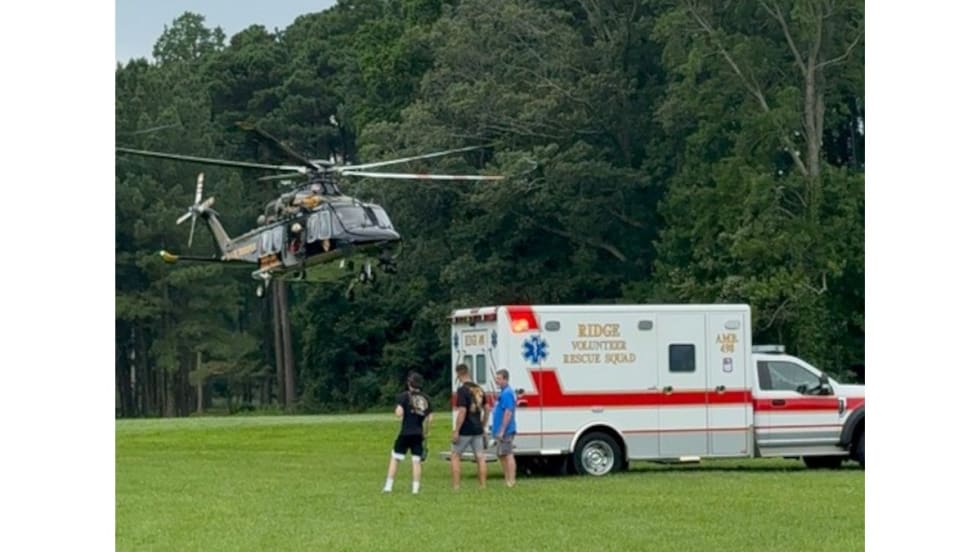Listening to the excited radio traffic, Kenny Dean and Paulie Perricone had heard enough. The two young NYPD bomb techs had just finished up a security sweep. They notified Bomb Squad Base, tossed their gear back into their response truck, and headed out to Whitestone, Queens, under lights and siren. It appeared someone had rigged a homemade bomb to the undercarriage of a man's car. The new year had begun.
"We had done a marathon; worked the overnight on New Year's Eve into New Year's Day; started at 3 P.M., worked until 7 A.M., and then began a day tour. The job came in, just before we were scheduled to go off," Perricone said afterward.
Perricone and Dean, along with seven other newcomers, had joined the squad in February 2002. It had been a massive influx of new blood for such a small unit; a unit that had had less than 225 members in its first 100 years.
After the World Trade Center attack, many of the most senior squad members had been faced with a choice. They had completed a year fat with hard-earned overtime and, if they elected to retire, their pensions would be figured against the swollen earnings. If they elected to stay, they would later retire on much smaller pensions. Security and family came first, and 11 sets of retirement papers were sent to Police Headquarters. Perricone and Dean were two of their replacements.
"We were brand-new. On the way there I called my buddy working on Emergency Service that day, and he says to me, 'Paulie, you know that I open everything, and I'm the last guy to call the Bomb Squad unnecessarily, but if I had to guess what a mercury switch looked like...this would be it.' So we had a bit of pucker action on the way there.












